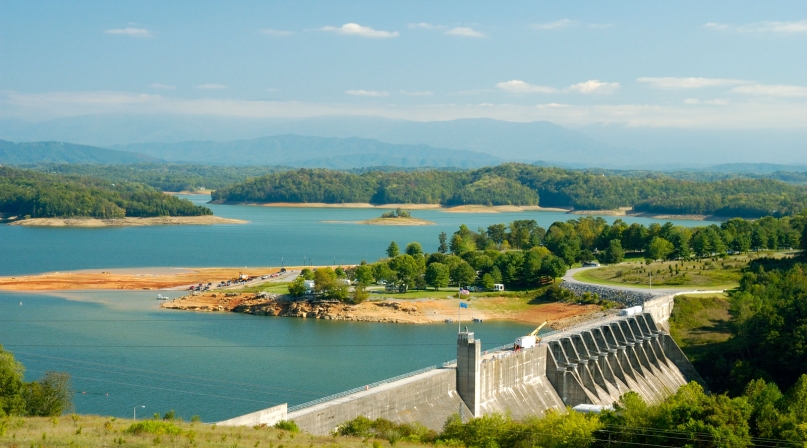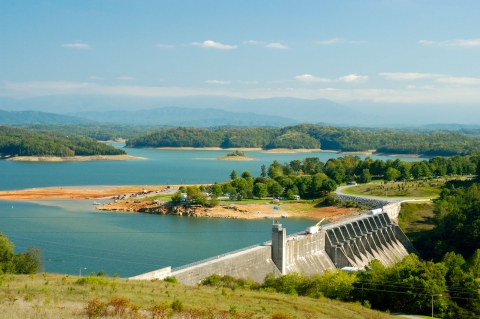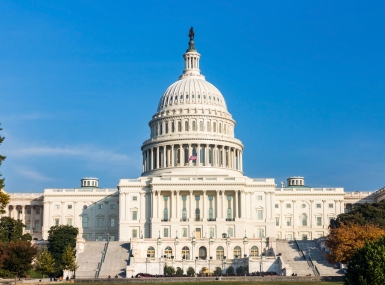House appropriators approve FY 2020 Energy-Water funding measure
Upcoming Events
Related News

Key Takeaways
On May 21, the U.S. House Appropriations Committee approved a $46.4 billion appropriations measure on a 31 to 21 vote that would fund the U.S. Army Corps of Engineers (Army Corps), the U.S. Department of Energy (DOE), certain Department of Interior (DOI) programs and other federal energy and water programs. This funding level represents a $1.8 billion increase over FY 2019 funding levels. The “Energy and Water” appropriations bill is important to counties because it funds federal energy and water infrastructure programs and projects that help counties build and maintain water infrastructure and protect communities operating energy waste facilities.
Overall, the Army Corps would receive $7.36 billion, $357 million above FY 2019 funding levels. It also includes $1.7 billion for the Harbor Maintenance Trust Fund, $200 million above FY 2019 levels, and would allow full use of the Inland Waterways Trust Fund.
DOE would receive $37.1 billion in overall funding, an increase of $1.4 billion above FY 2019 funding levels. The bill includes funding for the Office of Energy Efficiency and Renewable Energy (EERE), which works to develop and promote clean, affordable and secure energy. Under the bill, EERE would receive $2.6 billion, $500 million above FY 2019. The measure also includes $150 million for efforts to secure the nation’s energy infrastructure against hazards, reduce the risks of and impacts from cybersecurity events, and assist with restoration activities.
The Nuclear Regulatory Commission, which is responsible for monitoring the U.S. nuclear fleet and decommissioning nuclear-power stations, would receive $130 million. This provision is relevant for those counties that have nuclear waste facilities within their boundaries. However, the bill does not contain funding for the proposed Yucca Mountain nuclear waste repository in Nevada.
A portion of the DOI’s funding is included in the bill. For example, the measure includes $1.65 billion for DOI’s reclamation programs, which is used to clean up abandoned hard rock and coal mines. This represents an $82.8 million increase from FY 2019 funding levels.
NACo will continue to track this legislation, as well as the broader appropriations process, and engage with appropriators to ensure that federal spending priorities reflect the needs and interests of America’s counties.

Attachments
Related News

U.S. House of Representatives passes SPEED Act and other permitting reform bills
On December 18, the U.S. House of Representatives passed the SPEED Act (H.R. 4776). The SPEED Act would strengthen county involvement in decision-making and make needed commonsense reforms to the federal environmental review process.

House Natural Resources Committee advances the Endangered Species Act Amendments Act of 2025
On December 17, the House Natural Resources Committee advanced the Endangered Species Act (ESA) Amendments Act of 2025 (H.R. 1897). The version passed by the committee adopted several changes from the initial bill and would address key county concerns by improving the implementation of the ESA. The legislation now awaits a floor vote before the whole U.S. House of Representatives.

Senators introduce bipartisan UPGRADE Act to support small and rural public water systems
On December 15, Sens. Lisa Blunt Rochester (D-Del.) and Roger Wicker (R-Miss.) introduced the Unincorporated Partnerships for Grant Resources, Assistance, and Drinking Water Enhancements (UPGRADE) Act (S. 3465), a bipartisan bill that would strengthen federal support for small public water systems and helps unincorporated communities access clean and affordable water.